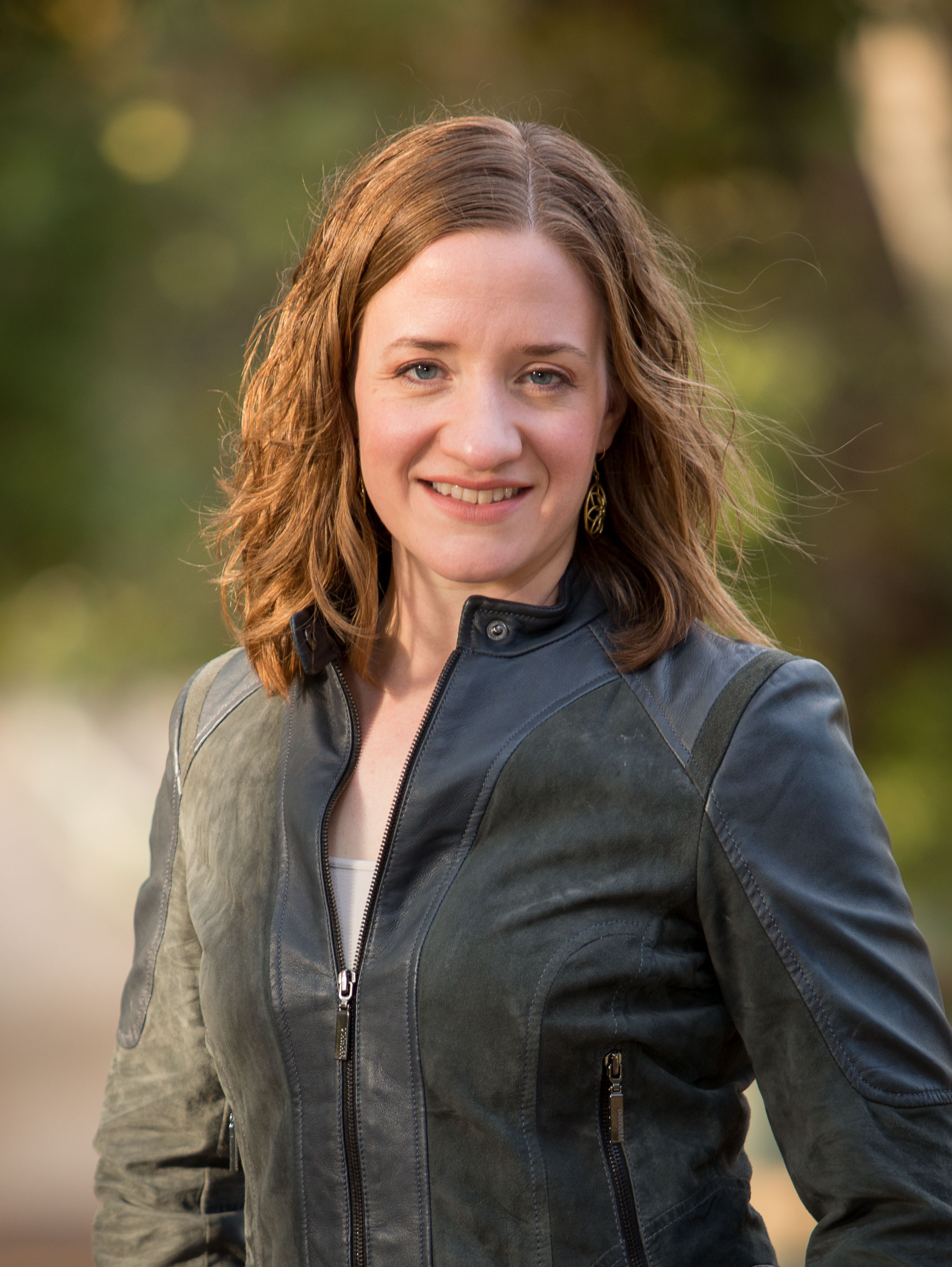By Megan Haskell //
I’m not a professional musician, but I’ve played music my entire life. Well, since I was six years old, anyway. Piano and saxophone, classical and jazz, even a little marching band. As a result, I like to think I have an ear for how things sound. You might be surprised to learn that every story has its own tune.
We’ve already talked about our melody (plot), and instrumentation (characters), but now we’re ready for the rhythm.
It All Starts with Genre
We’ve harped on this before, so I won’t go into it in too much detail, but it’s really important to understand your genre as you begin to craft (and edit) your story. Just as a fan of heavy metal isn’t likely to listen to opera, a contemporary thriller reader is going to want a different sound than an epic fantasy reader.
Go back to your research on your genre. How much action is embedded in the story? Is every chapter fast and furious, or are there long, languid passages that ease the reader through the prose like a wizard leading his recalcitrant chosen one through the hero’s journey?
Choose a few books in your genre to read in their entirety. How short or long are the chapters? How many are action-packed versus descriptive narration? How are they spaced throughout the story? If you were to draw the shape of the story like a rollercoaster of tension, what would it look like?
Now it’s time to go back to your own edits. As you read, there are a few things to pay attention to with regard to your story’s rhythm and pacing.
Sentence and Paragraph Length
Here’s a basic rule of thumb: the shorter the sentence, the faster the pace.
Do you want a scene to move faster? Chop the sentences into little bits. Keep the paragraphs short. Use fragments.
If you want to slow the reader down and give them a bit of a rest, particularly after an action-packed or high tension scene, write longer complex sentences that will ease the eye down the page. Similarly, your paragraphs might be several lines long. This gives the reader a chance to digest what you’ve written so far and catch their breath.
Word Choice
Like sentence length, short, punchy words are going to give a sense of speed and urgency, while multisyllabic, obscure vocabulary will cause the reader to pause and consider what the author is attempting to say. Choose your words carefully to not only express your meaning, but also complement the pacing of the scene.
Dialogue
Dialogue naturally picks up the pace of your story. In part, this is because of the above two points: people tend to keep their sentences short and their words simple when they’re speaking, especially if you have a contemporary setting. Plus, it’s pretty rare for a character to have an extended monologue, so you’re usually switching between two or more characters after just a sentence or two each. This leads to more white space on the page, and a faster reading experience.
However, dialogue is also tricky, in that if the conversation isn’t getting to the point, it can be boring, which slows the pace. For example, you don’t want to write every bit of small talk:
“Hey,” he said.
“How are you?” she asked.
“I’m good. You?” he replied.
“I’m good,” she answered.
“Good,” he said.
“So, what are you doing here?” she asked.
“I don’t know. Just boring the reader and dragging down the pace of the story.”
But if you keep the dialogue relevant to the conflict and make sure that it’s revealing new information about the plot and/or characters, it’s a good way to pick up the pace.
Narrative Prose
When it’s time to give your reader a bit of a breather, narration is your friend. This can come in the form of character introspection or descriptive passages.
A scene change after a small climax or high tension moment is often the best place to include narrative prose. It gives the character a moment to react to or reflect on the previous scene, while providing the reader new information about the world building, setting, or character.
However, beware the info dump.
If you find yourself tempted to write pages and pages of backstory, you’re probably slowing the pace down too much. Instead, keep it simple and directly related to the scene at hand.
Trust me, you don’t need to tell the reader the ten-generation lineage of every knight at the tournament (ahem, G.R.R. Martin… you lost me with that one.) But if it’s important to know that the dark knight is the bastard son of the murdered king… well, that might be interesting, especially if your point-of-view character is the only one who knows or suspects the truth. It’ll still slow the pace of the story and give the reader a moment of rest, but also provides a bit of foreshadowing for the drama of the future so the reader isn’t bored.
Finding Your Rhythm
Regardless of genre, you will want to vary the pace of your story. You may start in medias res or in the action, dial it back for a chapter or two to provide some context, then ramp it up into Act Two, then have some smaller hills and valleys before driving into the major climax at the end. Or, you may ease into your story with evocative description and build the pace over time.
Whatever you choose, if your story is all one note, your reader will set it aside. But if you keep them tapping their toes and singing along, they won’t be able to put it down.
QUESTION: How do you dial in your story’s pace? Let us know in the comments!
Want more in this blog series? Visit https://authorwheel.com and take a free Author Personality Quiz while you’re there.

MEGAN HASKELL is the award-winning author of The Sanyare Chronicles, a fast-paced dark fantasy adventure featuring a kick-ass heroine, snarky carnivorous pixies, and a quest across nine faerie realms. Sanyare: The Last Descendant (Book 1) received a Readers’ Favorite Bronze Award and was a finalist in the 2017 IAN Book of the Year Awards, and Sanyare: The Rebel Apprentice (Book 3), was named a finalist in the 2018 Book Excellence Awards. www.MeganHaskell.com.

